
Ingredient
Butter flavour
"The Essence of Creamy Indulgence: Unveiling the Magic of Butter Flavour"
Butter flavour is a synthetic ingredient that replicates the taste and aroma of real butter. It is commonly used in food manufacturing and cooking to impart a buttery essence without the need for actual butter. The flavour is typically smooth, creamy, and slightly sweet, with a hint of saltiness. It adds depth and richness to dishes, enhancing their overall flavor profile. The texture of butter flavour is often liquid or semi-liquid, allowing for easy incorporation into various recipes. Its appearance may vary depending on the form it is available in, such as liquid, powder, or extract.
Origins and history
The use of butter flavour originated as a way to replicate the taste of butter in food products while reducing costs and increasing shelf life. It gained popularity in the early 20th century when food manufacturers started exploring ways to enhance the flavor of processed foods. Over time, advancements in food science and technology led to the development of various butter flavoring techniques, resulting in the creation of synthetic butter flavor that closely resembles the taste of real butter.
Nutritional information
Butter flavour is a calorie-free ingredient that does not contribute any significant nutritional value to dishes.
Allergens
Butter flavour does not contain any known allergens.
How to select
When selecting butter flavour, opt for reputable brands known for their quality and authenticity. Look for products that clearly state the absence of allergens and are labeled as food-grade. Additionally, consider reading reviews or seeking recommendations from trusted sources to ensure the best selection.
Storage recommendations
To maintain the freshness and quality of butter flavour, store it in a cool, dry place away from direct sunlight. Ensure that the container is tightly sealed to prevent moisture or air from affecting the flavor. Follow the manufacturer's instructions for specific storage recommendations, as they may vary depending on the form of butter flavour (liquid, powder, or extract).
How to produce
Butter flavour is typically produced through a combination of natural and artificial flavoring compounds. The exact process may vary depending on the manufacturer, but it generally involves blending various ingredients to create a flavor profile that closely resembles real butter.
Preparation tips
Butter flavour can be easily incorporated into recipes by adding it during the cooking or baking process. It is commonly used in dishes such as cakes, cookies, pastries, sauces, and popcorn. When using butter flavour, start with a small amount and gradually increase to achieve the desired taste. Remember that a little goes a long way, as the flavor can be quite potent. Experiment with different recipes and cooking techniques to explore the versatility of butter flavour in enhancing the taste of your dishes.
Culinary uses
Butter flavour is widely used in baking, confectionery, and food manufacturing industries to add a buttery taste to products. It is commonly used in cakes, cookies, frostings, icings, and other sweet treats. Additionally, it can be incorporated into savory dishes such as sauces, soups, and popcorn for a rich and creamy flavor.
Availability
Butter flavour is readily available in most grocery stores, supermarkets, and online retailers, making it easily accessible to consumers worldwide.
More ingredients from this category » Browse all
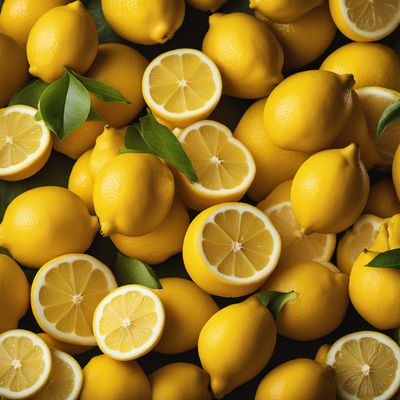
Lemon flavour
The Zesty Essence

Smoke flavour
The Essence of Smokiness

Strawberry flavour
The Sweet Symphony of Strawberry Flavour
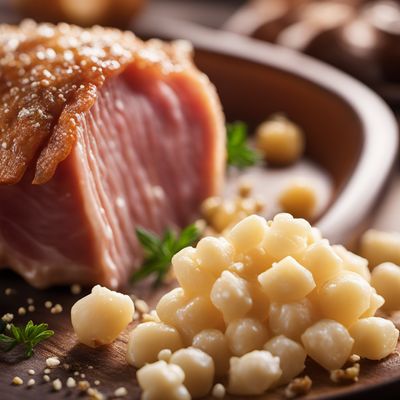
Pork flavour
Savory Sensation: Unleashing the Essence of Pork
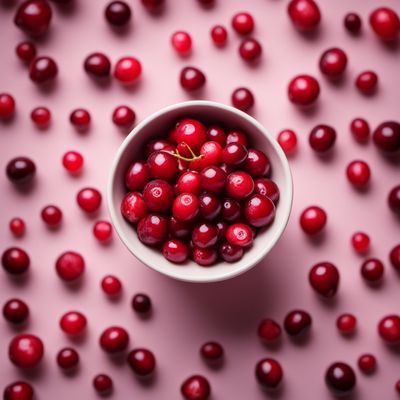
Cranberry flavour
Tangy Delight: Exploring the Vibrant Cranberry Flavour
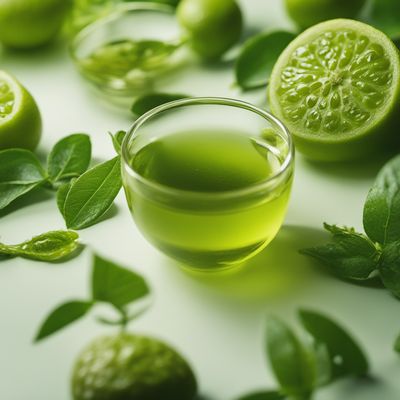
Green tea flavour
The Elixir of Serenity
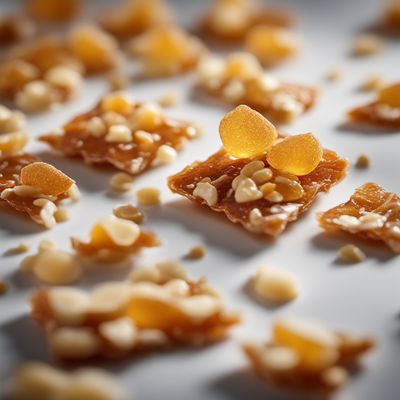
Brittle flavour
The Delightful Crunch: Exploring the World of Brittle Flavor
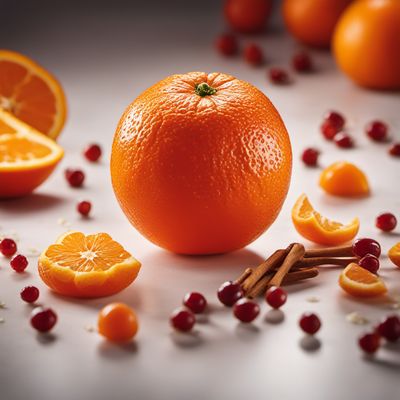
Red orange flavour
The Vibrant Citrus Burst: Red Orange Flavor

Chocolate flavour
Decadent Delight

Mastic gum flavour
The Essence of Mastic

Tamarind flavour
The Tangy Delight: Tamarind Flavour

Muscat grapes flavour
The Enchanting Essence of Muscat Grapes